Chapter Guide Resource
12 Tips for Verification
Verification is all about accurately assessing claims and statements.
Verification is all about accurately assessing claims and statements.
Dr. Claire Simmons offers a detailed overview of the legal rules that do — and do not — apply in war and armed conflict.
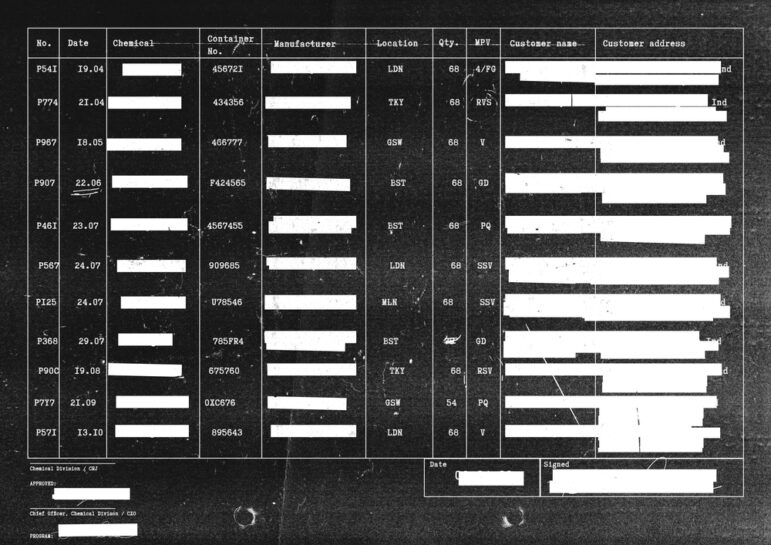
DocumentCloud now includes many more cutting-edge functions — which include extracting personal identification information embedded in large files, importing data from programs like Google Drive, transcribing YouTube audio, and even peering through weak blackout redactions.
Among the most pressing environmental challenges in Africa nowadays are land-grabbing due to infrastructure or agribusiness projects, water and river pollution, deforestation, desertification, trafficking of endangered species, and Indigenous peoples’ rights violations.
GIJN’s new guide to investigating organized crime in Asia’s Golden Triangle, with this introductory chapter offering historical context about the region and a preview of subsequent chapters.
GIJN’s new guide to investigating organized crime in Asia’s Golden Triangle, with this chapter covering how drug trafficking works in the region, the major players involved, and resources for background information.
GIJN’s guide to investigating organized crime in Asia’s Golden Triangle. This chapter focuses on human trafficking in the regio
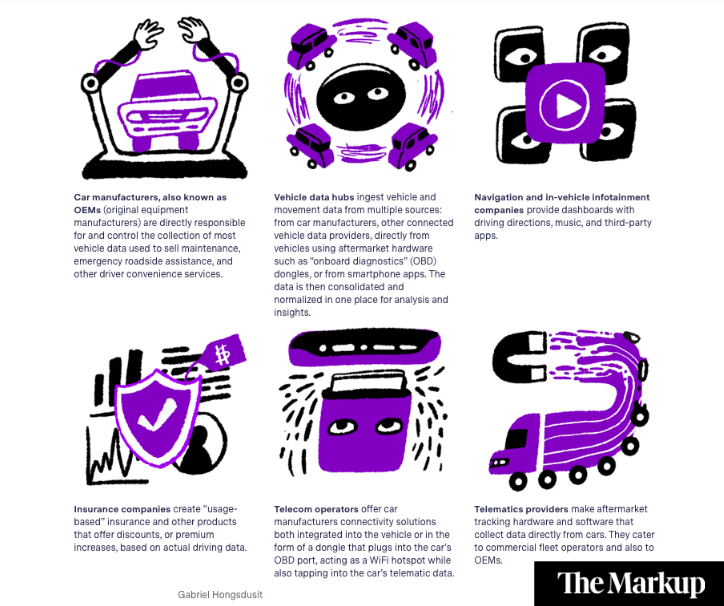
This week’s Data Journalism Top 10 features a dive into the murky market for vehicle data, an analysis of the deteriorating quality of education in poorer countries, a piece on how higher temperatures affect our lives, and fact-checking India’s encounter killings.

Private air charter companies used to transport collegiate and professional sports teams are also part of a vast network of US deportation flights tied to possible human rights abuses.

Amid Ukraine’s whole-of-society wartime reorganization, experts and activists are using their skills to track the impact of the conflict on the country’s national parks and biospheres and to document possible environmental war crimes.
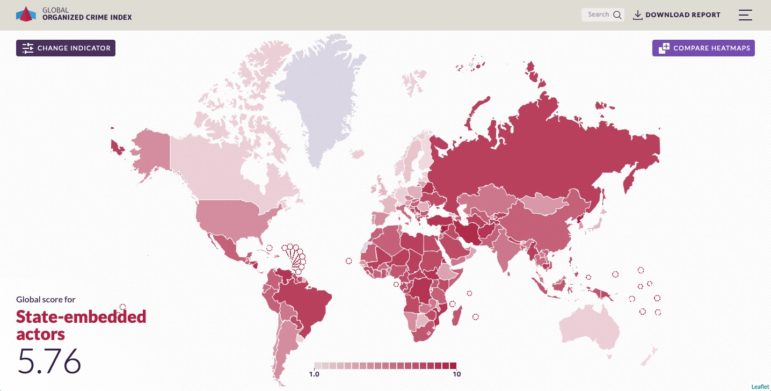
State-embedded actors are the most dominant criminal actor type in the world. The degree to which criminality permeates state institutions varies, from low-level corruption to full state capture, but across the spectrum this involvement has implications for countries’ capacity to respond to organized crime.

To help reporters make sense of what’s known and yet to be learned about COVID-19 vaccines, Journalist’s Resource asked for insights from several people with expertise studying or reporting on vaccines.
Curious about what the US government is doing in your country? Two-time Pulitzer Prize-winner Martha Mendoza did a popular workshop on this topic at the 2017 Global Investigative Journalism Conference. Her tipsheet uses links to US and international agencies to track the US government’s grants and contracts, international assistance, lobbying, military activity, and more. Mendoza […]
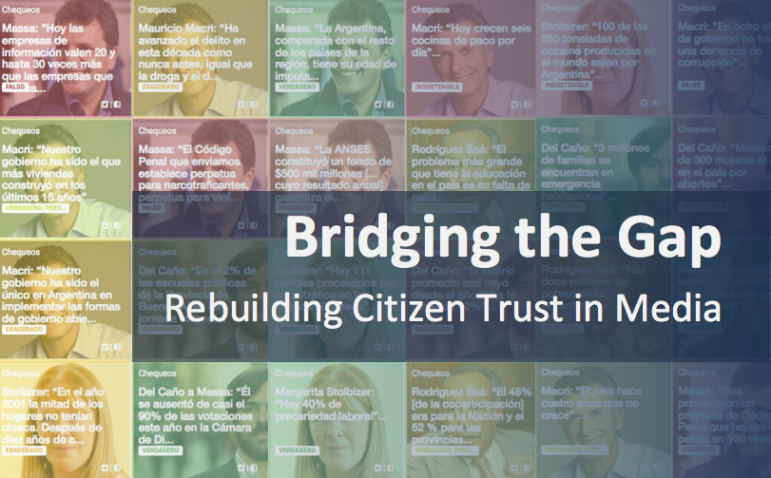
Journalists in many countries are experimenting with how to build trust and engage with audiences. Now, a new study, Bridging the Gap: Rebuilding Citizen Trust in the Media, profiles organizations working to build bridges with readers, viewers and listeners and deliver relevant news to local audiences. The study surveys 17 organizations from Argentina to Zimbabwe.
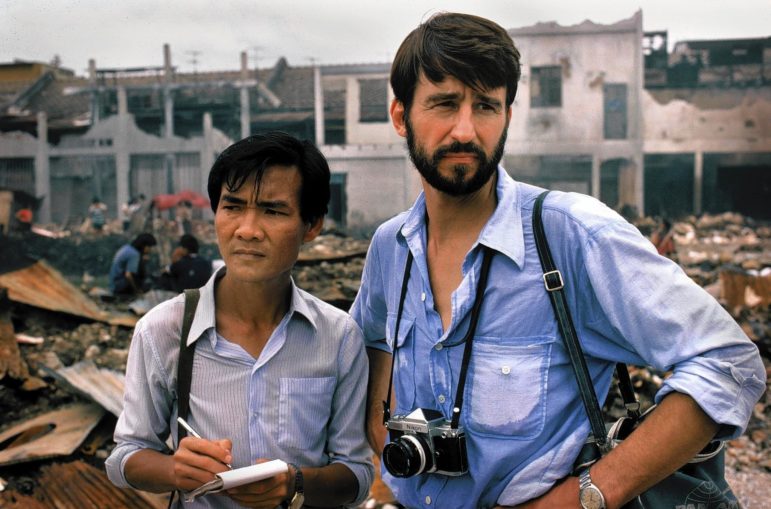
A new study explores the divisions between fixers and correspondents, as GIJN-member Global Reporting Centre examines alternate models of doing foreign reporting. The Centre’s Peter W Klein will be presenting the findings of the research at #GIJC17.
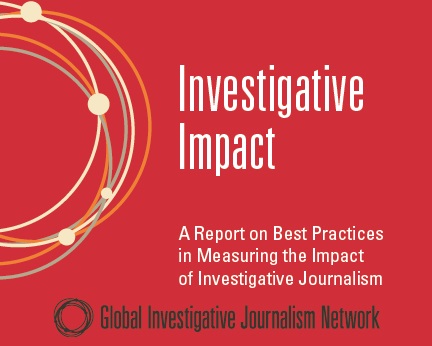
The GIJN report “Investigative Impact: The Role of Investigative Journalism in Fostering Change – and How to Measure It,” is being released today at #GIJC17 in Johannesburg. Here is an excerpt from the report.

Earlier this month, the Omidyar Network and the Democracy Fund released a report examining six key issues presented by social media participation and manipulation, inspired, they say, because the current instability in democracies is causing potentially irrevocable harm to fundamental rights. Here is an excerpt.

At the forefront of digital journalism best practices is collaboration, open source and native mobile. That’s what researchers at Northeastern University School of Journalism’s Media Innovation Program found after 72 newsrooms interviews spotlighting the intersection of data-oriented reporting and design/visualization.
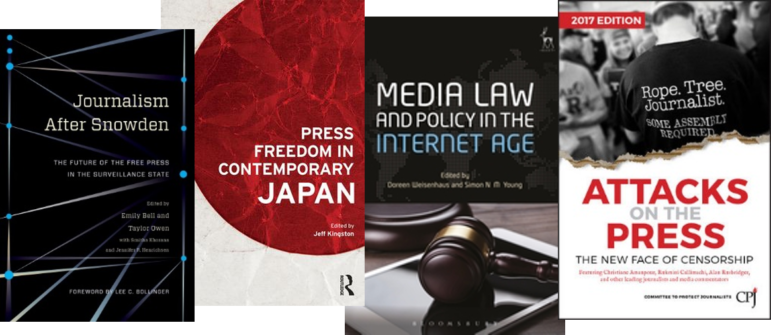
Got time for a deep dive? From Journalism After Snowden to Press Freedom in Contemporary Japan, here’s a round-up of some of the books that have come across our desks at GJIN.

What’s the data-driven journalism crowd tweeting? Here are top links for Sept 5-10: America’s shrinking middle class (@FT); Latino voters & Trump (@UniNoticias); iPhone7 rave (@newyorker); DocumentCloud (@SchoolOfData); Chicago’s sensor net (@arrayofthings); Visual Vocab (@MartinStabe); and more.
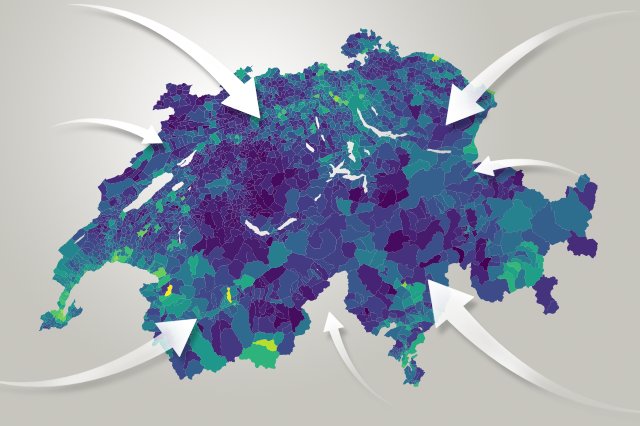
What’s the data-driven journalism crowd tweeting? Here are top links for Aug 29-Sept 2: Earth warms at top rate in 1000 years (@NASAClimate); 2 million oil/gas docs (@Open_Oil); G20 CO2 emissions (@CarbonBrief); German dialects (@SPIEGELONLINE); Munich massacre on Twitter (@puls_br); ;and more.
Time for a new collection of tools and reports. This week we’ve got a human rights database, file conversion for 208 formats, and nine new reports from research organizations, ranging from terrorism and corruption to European migration. Got a suggestion for The Research Desk? Write me at gprice@mediasourceinc.com.
It’s time for another roundup of resources and research reports that we’ve curated from around the web. Most of these selections are new on the web in the past few weeks. Several of the reports listed below are full of data including visualizations and can be thought of as reference tools for both current and future research.
The good people at the Journalism in the Americas Blog, who just hosted the always interesting International Symposium on Online Journalism, alerted us to a useful new video, “Data Journalism: An Explication.” Here are journalists doing their best to define data journalism.The video comes from Cindy Royal, an associate professor, and Dale Blasingame, a lecturer, in the School of Journalism and Mass Communication at Texas State University.
Since Data.Gov was created by the U.S. Government in 2009, hundreds of cities, states, and nations around the world have embraced the concept of open data and open government by publishing millions of data sets of dubious quality that few people are aware of and hardly anyone really uses. Why?
The Research Desk with Gary Price is back, with its second installment, featuring a roundup of new tools — the WHO’s MiNDBANK database, with documents from 170 countries; ePSIplatform, on open data in the EU & worldwide; new UN report on wastewater; NATO archives expand; and the Getty Thesaurus of Geographic Names.

“Big Data.” It seems like the phrase is everywhere. The term was added to the Oxford English Dictionary in 2013, appeared in Merriam-Webster’s Collegiate Dictionary by 2014, and Gartner’s just-released 2014 Hype Cycle shows “Big Data” passing the “Peak of Inflated Expectations” and on its way down into the “Trough of Disillusionment.” Big Data is all the rage. But what does it actually mean? we asked 40+ thought leaders in publishing, fashion, food, automobiles, medicine, marketing, and every industry in between how exactly they would define the phrase “Big Data.” Their answers might surprise you!
You couldn’t work as a journalist, if you were not able to do an interview. The same applies to data journalism in the age of digitization” – says Nils Mulvad, a world renowned data journalist, editor at Kaas & Mulvad and associate professor at The Danish School of Media and Journalism during the Data Harvest 2014 conference.